The Vault: Top Ten Wii Games
 As the Wii winds down to make way for its successor, it makes sense for everyone to be reminded about some of the great games that hit the little white box that could.
As the Wii winds down to make way for its successor, it makes sense for everyone to be reminded about some of the great games that hit the little white box that could.
It’s easy to forget about the humble Wii, but if you skip the mountains of budget-priced shovelware, there are a ton of absolutely fantastic games for the system.
This month’s Vault takes a look at a selection of some of my favourites – All of which are exclusive to the system.
In no order of preference:
Zack & Wiki: The Quest For Barbaros’ Treasure (2008, Capcom):
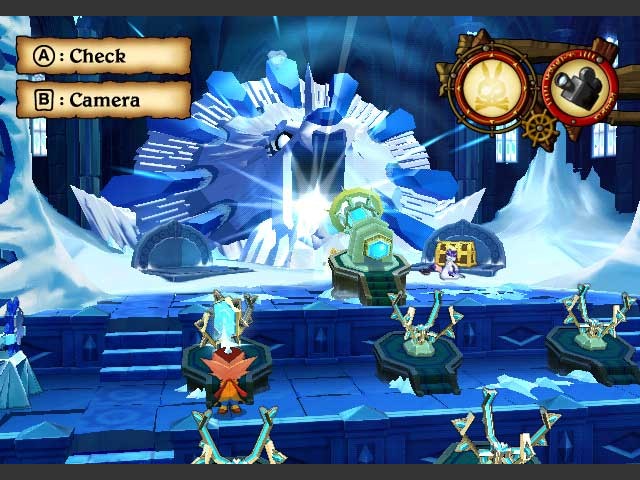
A critically acclaimed game that should have been far more popular at retail, Zack & Wiki was the weirdest of games, a point-and-click adventure with clever motion controls. Full of charm and character, it was a relatively early Wii game that used the system’s motion controls better than 95% of the system’s library, as you use the pointer to move your heroes and physically move the Wii Remote to interact with the various items, levers and switches that are found throughout the adventure to find Barbaro’s Treasure.
It might be tough to find these days, but it’s certainly worth it; especially if you love point-and-click adventures.
Donkey Kong Country Returns (2010, Retro Studios):
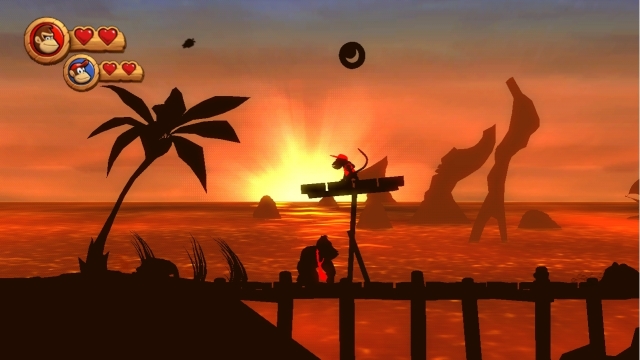
Taking inspiration from Rare’s 16-bit Donkey Kong Country series, the tie-wearing ape’s comeback was a platformer for the hardcore gamer. It might not look like it, but to see everything this game has to offer, you will need to be an incredibly accomplished platform savant with an insane amount of patience.
It’s certainly an old-school platformer, but a great example of one that’s well worth picking up.
Kirby’s Epic Yarn (2011, HAL Laboratory):
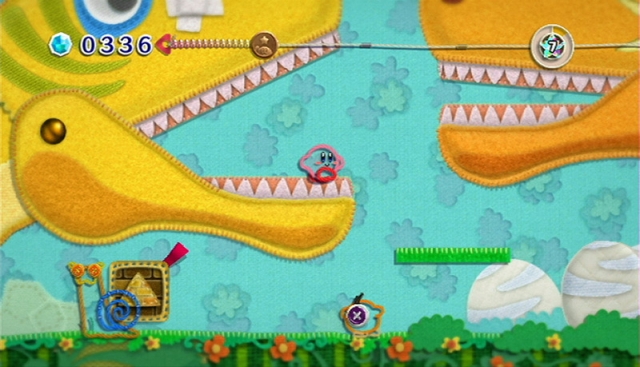
If Donkey Kong Country Returns is a little to tough for your tastes, may I recommend the more serene Kirby’s Epic Yarn. Yes, the game is very much aimed at kids; a fact that is immediately obvious from the game’s Jackanory approach to its threadbare narrative (pun possibly intended). It may be a rather easy game to finish, but it doesn’t make it any less of a pleasurable experience.
It’s the type of game that’s great fun for two players, and Kirby’s exploits are charming enough to warm the hearts of even the most hardcore of gamers. What makes this game stand out is the masterful design of the textile-based levels, as the pulling of threads and zips can unlock hidden areas of levels. You just don’t see this level of creativity in 2D platform games any more.
Super Mario Galaxy (2007, Nintendo):

What would a Top 10 list be without Mario? Galaxy is what I consider to be the true successor to Super Mario 64, and in my opinion it surpasses it, thanks to absolutely ingenious level design and an amazing orchestral soundtrack; a first for a Super Mario title.
Every level in Galaxy has something that will make you smile and remind you why you fell in love with games in the first place. It’s the best Mario game since Super Mario World.
Also, Bee Suit Mario. Hell yeah.
The Legend of Zelda: Skyward Sword (2011, Nintendo):
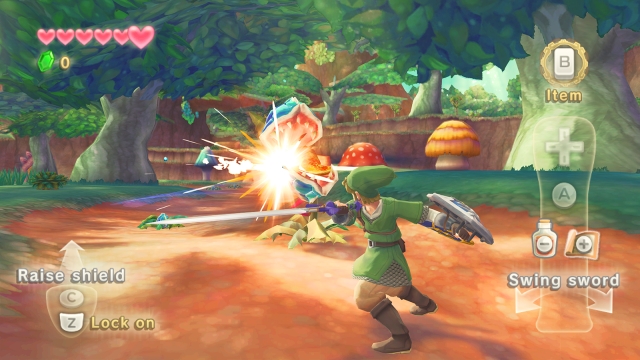
While the Wii launched with a great Zelda title in the form of Twilight Princess, that game’s GameCube roots made for a title that didn’t make the most of the system. Which is why Skyward Sword betters it in every aspect.
The only real reason to purchase a MotionPlus controller, Skyward Sword implements motion control in a way that’s fun and exciting. It adds things that simply couldn’t be done as well with a standard controller, and being able to place your sword slices makes for the most compelling combat ever seen in a Zelda game.
The Wii might not be a graphical powerhouse, but the game’s colourful and slightly cel-shaded visuals make it one of the best looking games this generation. Imagine how good Zelda will look on the Wii U?
Beat The Beat: Rhythm Paradise (2012, Nintendo):

GodisaGeek.com reviewed Beat The Beat back in July and gave it a coveted 10/10, which pretty much means you need to buy this for your Wii console. It’s accessible to casual gamers and challenging for seasoned players, but no matter what abilities you have as a gamer, this game is hilarious, laugh out loud fun.
A simplified rhythm game, Beat The Beat shuns motion controls and uses a mere two buttons for gameplay. Crazy situations are acted out on screen, and the player must perform button presses in time to the beat, or when prompted to be aural and visual clues.
Even as a predominantly single-player game, Beat The Beat is best enjoyed with friends. I’ve had many a night in with pals, enjoying the fun that can be had making seals roll over in time to music.
Metroid Prime Trilogy (2009, Retro Studios):
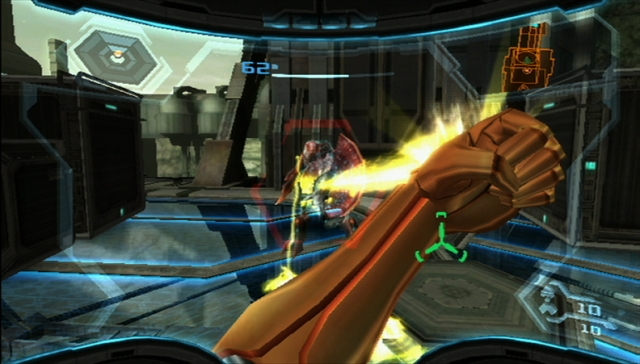
My feelings about First Person Shooters have been well documented here at GodisaGeek.com, but here is one of those rare exceptions; a FPS series that I absolutely adore. It took a lot of balls for Retro Studios to turn Metroid from a 2D platformer to a FPS, but it made for one of the most unique shooters around.
Which is why the ability to play all three games on the Wii is a bloody good thing. The first two Metroid Prime games have been jazzed up with motion controls that actually work, bundled together with the Wii’s third incarnation, all on one disc.
If you’re fed up of FPSs that are focused on endless shooting, give Metroid Prime Trilogy a spin, and enjoy a game that, while action-packed, also features some quality exploration.
No More Heroes (2008, Grasshopper Manufacture):
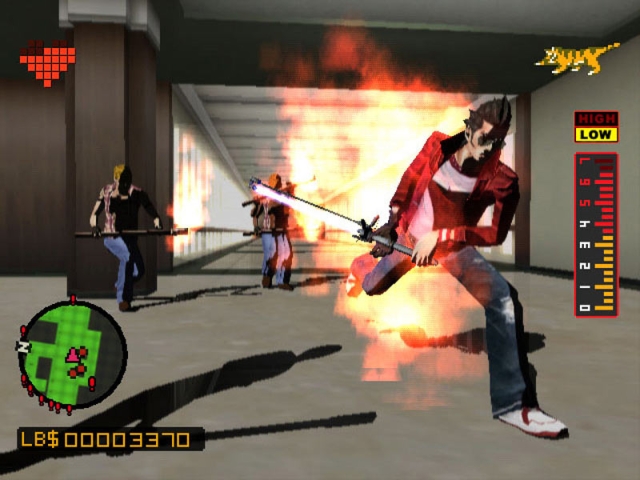
For those who lamented the lack of “mature” Wii titles throughout the system’s lifespan, Suda 51 (Killer 7, Lollipop Chainsaw) is your saviour. Merging basic open-world gameplay with thrilling combat, No More Heroes uses some of the Wii’s features in subtle, yet brilliant ways.
I’ll never forget the moment you walk down a long corridor to reach one of the game’s many bossfights, only for the Wii Remote to ring like a telephone. I put the controller to my ear, and hear one of the game’s characters giving me a pep-talk. It’s the silliest little thing, but it’s such a memorable part of the game.
However, it’s the game’s approach to motion controls that puts it on this list. Protagonist Travis Touchdown is armed with a “beam katana” (basically a lightsaber) which is the main weapon of the game, but when battling enemies, occasionally you are prompted to thrust the Nunchuk and Wii Remote in a certain direction to perform wrestling moves. It sounds like an annoying quicktime event, but it feels incredibly satisfying and fun to do; proof that motion controls are best when used sparingly.
MadWorld (2009, Platinum Games):

Another “mature” title, MadWorld is a game that can definitely be described as gratuitous. An ultra-violent third-person beat-em-up, the game adopts a comic-book aesthetic that is very similar to that of Frank Miller’s Sin City series of graphic novels.
Set as a violent gameshow named DeathWatch, MadWorld encourages you do be as violent as possible to earn as many points as you can to reach the next stage. The game is about using combinations of environmental objects to get those high-scoring combos.
It’s slower paced than many of Platinum Studios’ other games, but that doesn’t make it any less frantic as you rush around to kill as many enemies as possible before the timer runs out.
If that’s not enough to sell you on the game, it’s worth mentioning the game’s hilarious commentators, voiced by John DiMaggio (Bender from Futurama, Marcus from Gears of War) and comedian Greg Proops (Who’s Line Is It Anyway). Their partly ad-libbed banter makes the game all the more entertaining, with some lines of dialogue that are so obscene, I couldn’t possibly post them here.
Wario Land: The Shake Dimension (2008, Nintendo):

This is another game that is criminally underrated, it’s a 2D platformer that provided beautiful hand-drawn visuals way before Rayman Origins was doing its thing. It really is like playing a cartoon, and it’s very easy to forget you’re playing the game on a standard definition system.
However, behind those cartoon visuals is a rather entertaining platform game as well, as Wario once again searches for treasure and sacks of cash. It plays like previous games in the Wario Land series; and that is a good thing.
Using an old-school controller configuration of turning the Wii Remote on its side, Shake Dimension gets its name from Wario’s ability to pick up enemies and objects and shake coins out of them by shaking the Wii Remote.




